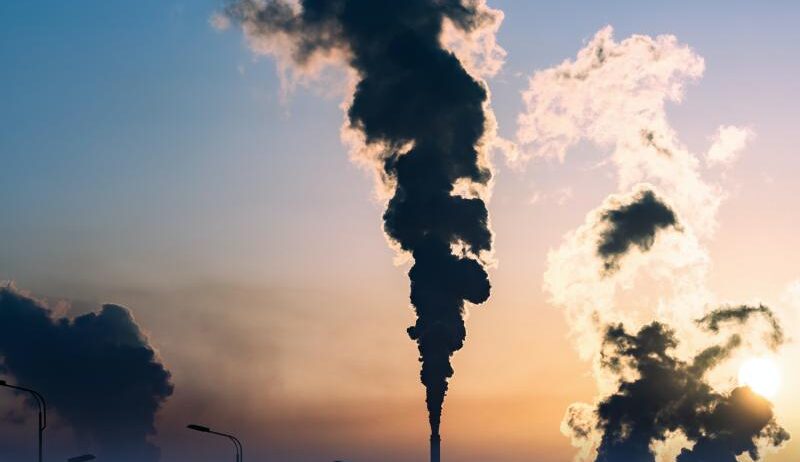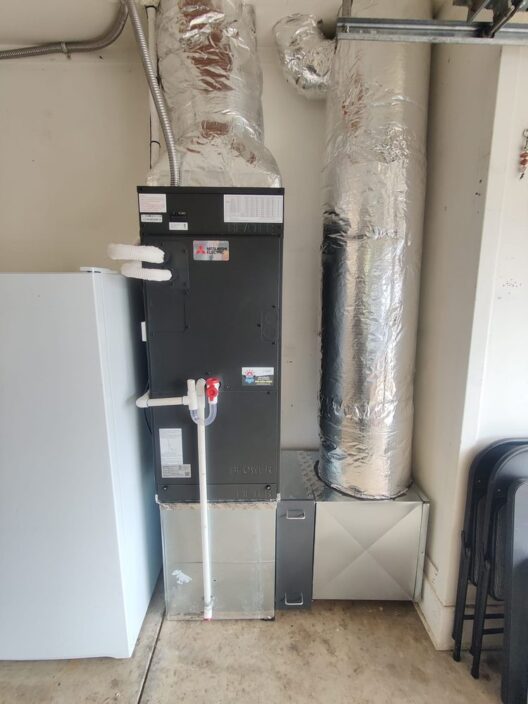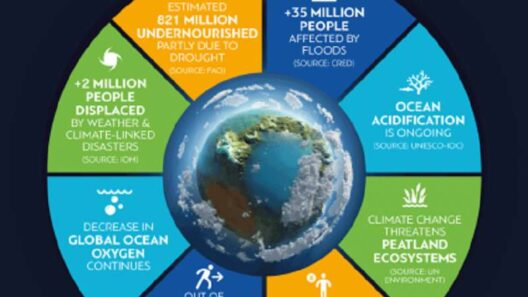Water vapor is often overlooked in discussions surrounding climate change, yet it plays a pivotal role as an amplifier of global warming. As the most abundant greenhouse gas in the atmosphere, its effects are profound and multifaceted. This essay delves into the mechanisms by which water vapor influences the Earth’s climate, the intricate interplay between temperature and humidity, and the implications of human activity on this vital component of the atmosphere. In understanding the nuances of water vapor, we can gain a more comprehensive perspective on the climate crisis.
The atmosphere consists of several key greenhouse gases, including carbon dioxide (CO2), methane (CH4), and nitrous oxide (N2O). While these gases receive substantial attention, especially in discussions about anthropogenic emissions, water vapor remains an enigmatic player. Unlike its counterparts, water vapor exhibits a unique characteristic: it is not directly emitted by human activity but rather is a byproduct of temperature changes. This distinction is critical as it highlights the feedback mechanisms integral to climate dynamics.
When the Earth’s surface temperature rises due to increased CO2 levels, more water evaporates from oceans, lakes, and rivers. This rise in vapor contributes to the greenhouse effect. Water vapor effectively traps heat in the atmosphere, creating a self-reinforcing cycle. As temperatures climb, the air’s capacity to hold moisture increases, leading to even greater concentrations of water vapor. This phenomenon not only heightens global temperatures but also intensifies weather patterns, resulting in extreme weather events such as hurricanes, floods, and droughts.
To understand the significance of water vapor as an amplifying agent of climate change, one must investigate its interaction with the Earth’s radiation balance. Water vapor possesses remarkable properties that render it a powerful greenhouse gas. It has an extensive absorption spectrum, allowing it to absorb outgoing infrared radiation more effectively than CO2 or CH4. This efficiency results in a pronounced warming effect, particularly in regions with high humidity. In tropical locales, where humidity reaches its zenith, the role of water vapor becomes even more pronounced, amplifying the effects of warming currents.
However, while the contributions of water vapor to warming are established, the complexities of its interactions with climate systems warrant deeper investigation. For instance, cloud formation is intricately tied to water vapor dynamics. Clouds can both cool the planet by reflecting sunlight and warm it by trapping heat. The net effect of clouds on global warming is an area of ongoing research, as it varies significantly with geographical context and cloud type. Low, thick clouds tend to cool the surface, while high, thin clouds often have a warming effect. This duality complicates predictions regarding future climate scenarios, underscoring the importance of integrating water vapor and cloud interactions into climate models.
Moreover, as climate change escalates, so do the implications for regional climates. For instance, increased evaporation and altered precipitation patterns foster conditions conducive to severe droughts in some areas while precipitating unprecedented flooding in others. Regions that may have been historically stable now experience climate variability driven by changes in atmospheric moisture content. These transformations can obliterate established agricultural practices, impact water resources, and intensify competition for dwindling supplies.
In evaluating the amplifying role of water vapor, one must also consider human factors exacerbating climate change. Deforestation, urbanization, and industrial processes can alter local weather patterns and atmospheric composition. For example, urban heat islands can artificially increase local temperatures, thereby generating more water vapor and, consequently, more significant warming effects. In addition, land-use changes can influence moisture availability, impacting both the hydrological cycle and local climate stability.
Addressing the implications of water vapor in the context of climate change necessitates a multidisciplinary approach. Understanding the synergy between water vapor and other greenhouse gases is pivotal in formulating effective climate policies. For instance, efforts to mitigate CO2 emissions can indirectly influence water vapor concentrations, thereby enhancing climate stabilization efforts. Innovative technologies aimed at reducing emissions and employing sustainable land-use practices can yield significant dividends in managing water vapor levels.
Furthermore, incorporating water vapor dynamics into climate education initiatives can foster a more informed populace. Many discussions on climate change concentrate primarily on CO2, neglecting to address the critical amplifying effects of water vapor. Elevating awareness about the feedback mechanisms associated with water vapor can spark curiosity and drive community engagement in sustainability initiatives.
The dialogue surrounding climate change is frequently polarized, with differing opinions on the urgency of actions to mitigate its effects. However, acknowledging the pivotal role of water vapor as an amplifier of global warming can bridge these divides. It invites a collaborative exploration of solutions—solutions that incorporate scientific understanding with policy innovation.
In summary, water vapor’s role as a greenhouse gas is a significant yet often overlooked component of climate dynamics. Its unique ability to amplify the impacts of warming fuels a cycle that influences weather patterns, ecosystems, and human livelihoods. As climate change challenges increase, a comprehensive understanding of water vapor and its interactions becomes essential. It promises a shift in perspective, inspiring curiosity and action among individuals, communities, and policymakers alike. Ultimately, recognizing the complexities of water vapor will ensure that we are better equipped to combat the multifaceted threat of global warming.








